Top 5 Longest Rivers in Paraguay
In the absence of passable highways, Paraguay's rivers have acted as natural gateways to the country's most distant regions. Check out the article to know the ... read more...longest rivers in Paraguay.
-
The Jejui River has a length of around 350 kilometers. It gets water from the rivers Jejui-mi and Jejui Guaz, as well as a significant input from the Aguaray River. The Curuguaty River and the Itanará Stream run together at its mouth.
It had strategic importance for Portuguese colonists in the past, who tried to dominate this communication canal that provided access to the Paraguay River, which was a quick route to the Cuyabá gold mines. The entire territory surrounding the river was dedicated to preserving Paraguay's sovereignty in the sensitive struggle with Portugal for ownership of the region in Igatim that produced mate herb.
When the water level allows, the Jejui River may be used to reach Curuguaty. Because of the distance and the natural obstacles of crossing forests and rivers, the overland trek from Asunción took a long time.
This community, like others in isolated sections of the country, was cut off from the rest of the country. As a result, when Uruguayan commander General Jose Gervasio Artigas asked for refuge in Paraguay, the dictator José Gaspar Rodriguez de Francia picked Curuguaty as the location of his detention. This is considered one of the longest rivers in Paraguay.Length: 350 km
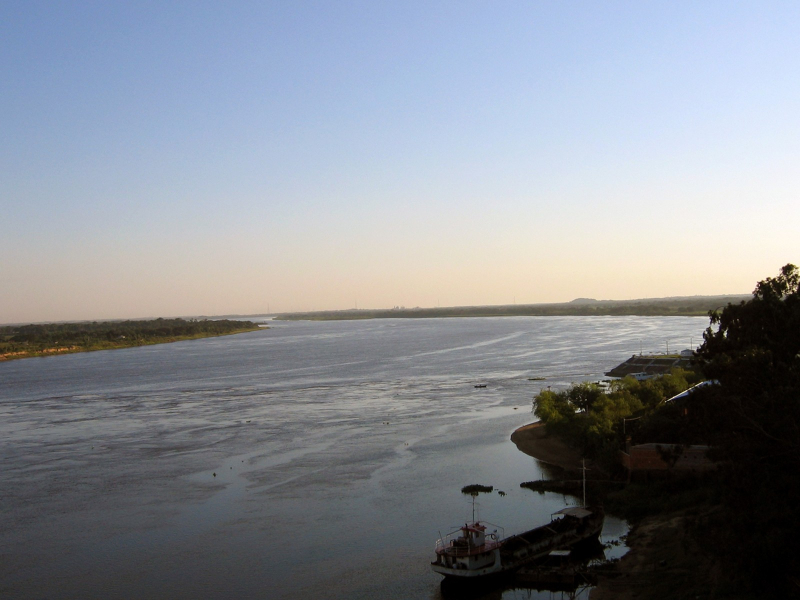
https://en.wikipedia.org/ 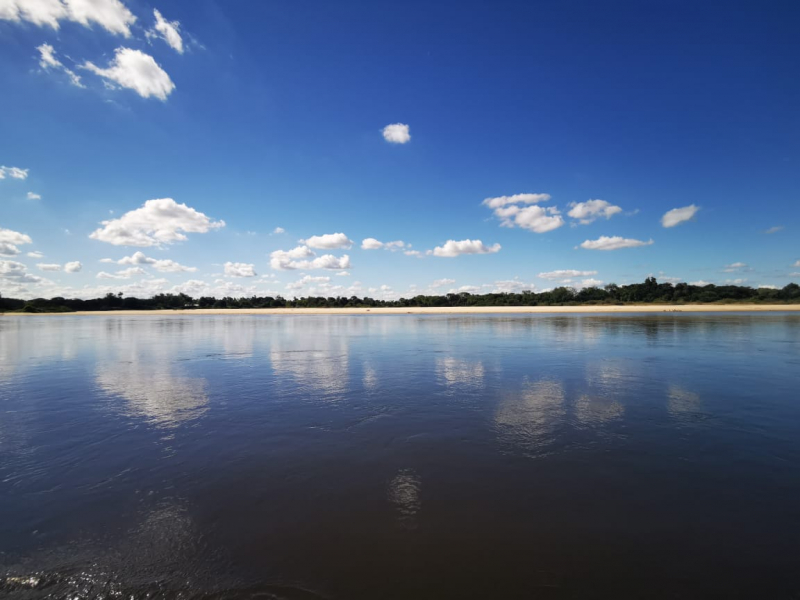
https://en.wikipedia.org/ -
The 212-kilometer-long Manduvirá River, which begins in the Cordillera de los Altos and flows east to west, saw a similar event. For many years, this was the only way to go to remote settlements such as Arroyos y Esteros.
Small motor boats, engaged in the commerce of national fruits and passenger transport, arrived at the port of this community. The Manduvirá flows into the Paraguay River, a short distance from Asunción, and is the final destination of travelers and walkers carrying fruit, tobacco, and alcohol.
The Manduvirá River is a Paraguayan river. It flows into the Paraguay River as a tributary. The Manduvirá River rises to a height of 94 meters. The river flows along and is surrounded by diverse forest terrain. The surrounding trees can be dense reeds or tall coconuts. Visitors should prepare good shoes or boots to make the tour. This is considered one of the longest rivers in Paraguay.
Length: 213 km
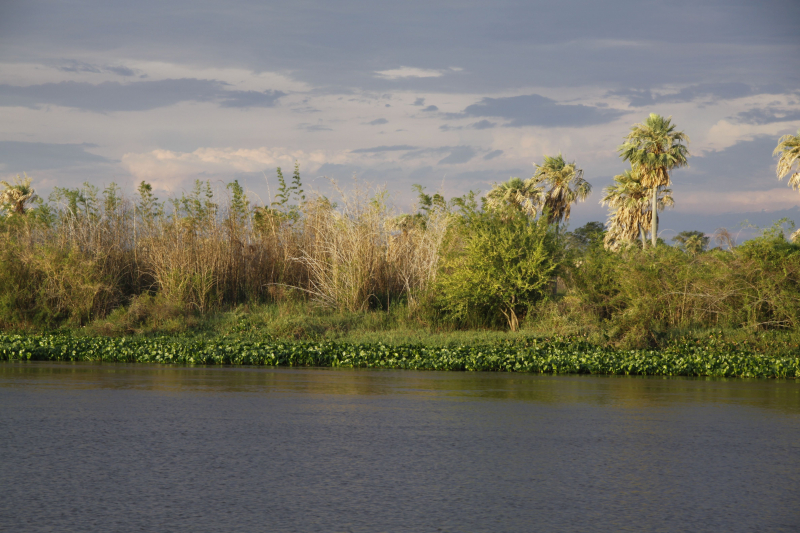
https://en.wikipedia.org/ 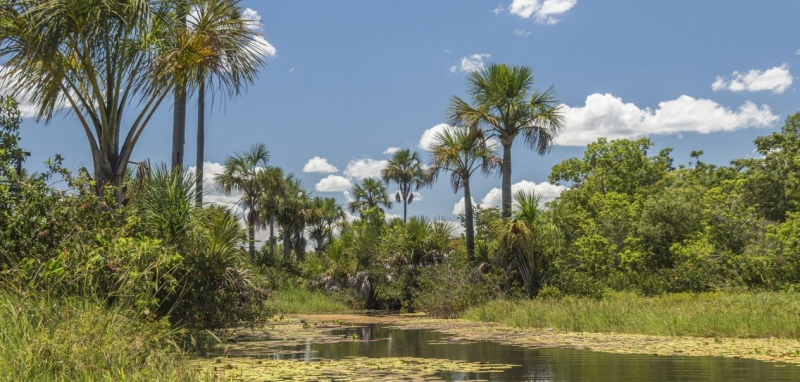
https://en.wikipedia.org/ -
At 23o30' south latitude, the Tebicuary River flows for 235 kilometers (146 miles). Such rivers once functioned as a link between the eembuc region and the interior lands inside the old Jesuit missions. Smaller vessels joined the river to deliver supplies from Argentina, particularly from Corrientes.
They arrived in Santa Maria Passage, which is now Villa Florida, and formed significant commercial companies. These businesses were in the business of selling their wares to a wide range of customers. On their way back to Pilar, these boats brought cotton and firewood. It runs eastwards from the southwestern portion of the nation, flowing into the Paraguay River around 45 kilometers south of Formosa and 30 kilometers north of Pilar.
The San Rafael National Park is located in the upper basin of the river. The land near Villarrica lends itself to cotton and rice agriculture, as well as serving as natural pastures for cattle.
Ranching is also performed in the marshes, and skins are processed at Villarrica's tanneries or other small communities along the river, such as Borja, Iturbe, and Villa Florida. After emptying the Lago Venturoso marshes, the Tebicuary River meets the Paraguay River 9 kilometers north of Pilar. This is considered one of the longest rivers in Paraguay.
Length: 482 km
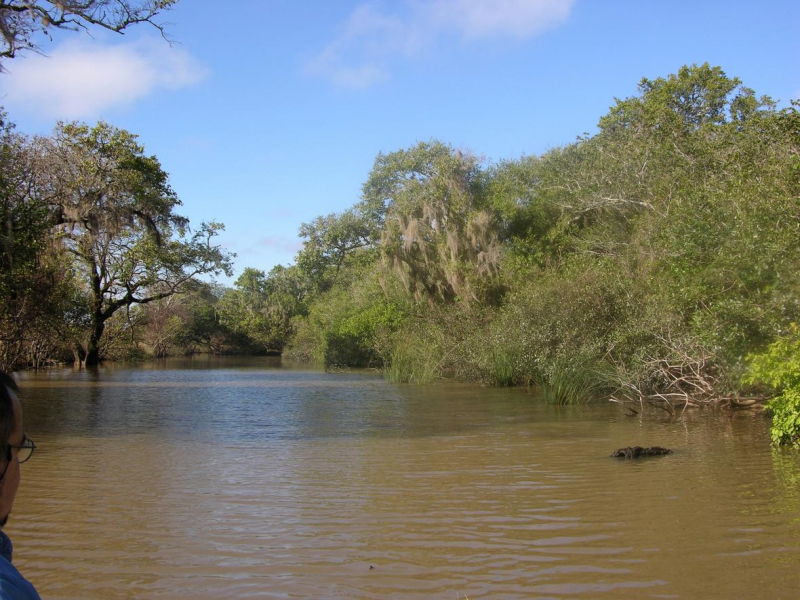
https://www.usgs.gov/ 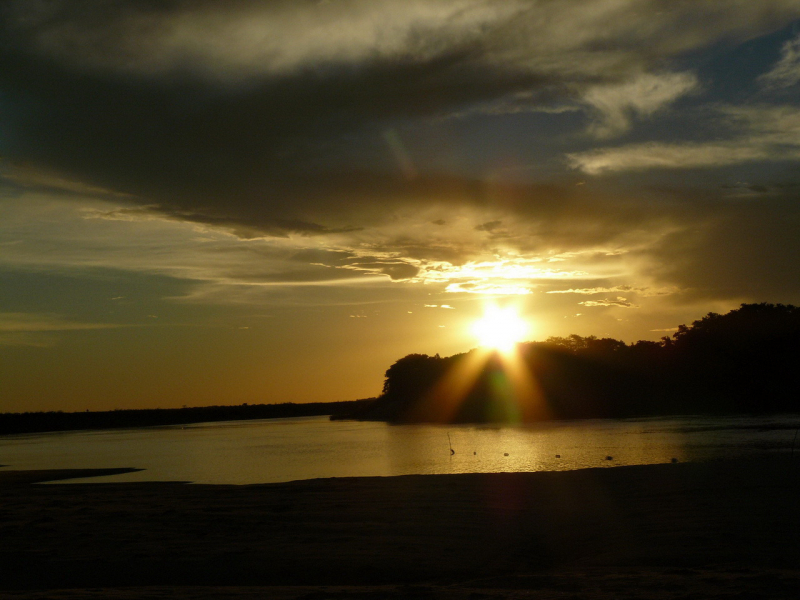
https://www.usgs.gov/ -
The Monday River is a Paraguayan river. It runs south of the Triple Frontier's tri-border mark point and drains into the Parana River. Its main course is almost entirely in the Department of Alto Parana. The river where the waterfalls are located is called "Monday."
The term "Monday" has nothing to do with the English word "Monday." In Guarani, Paraguay's official language alongside Spanish, "Mondá" means "thief" and "Y" means "water." The word "Monday" conjures up images of "fast disappearing water."
This is what occurs when someone foolishly sails the river, expecting it would flow gently to its mouth, only for the water to vanish, leaving the boat without "ground." As a result, the Guarani ascribed this occurrence to the notion of "taken water" or someone stealing the water, leading the mind to wonder: where is the water that was here? In the Triple Border area, where two rivers and three countries meet, the Monday River flowed directly into the Paraná River not long ago, right below the Triple Border Landmark. This is considered one of the longest rivers in Paraguay.
Length: 170 km
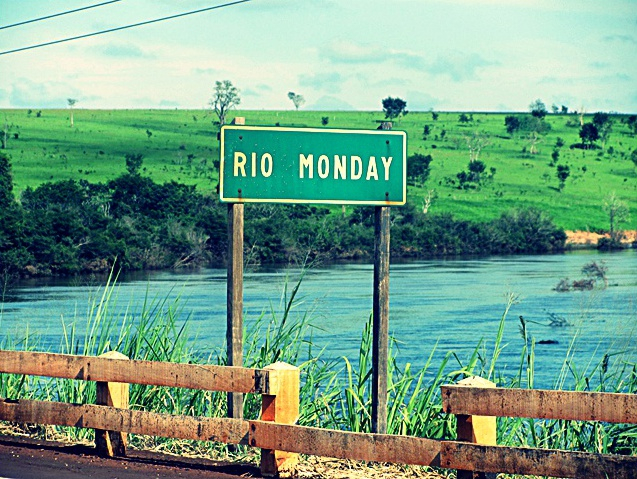
https://en.wikipedia.org/ 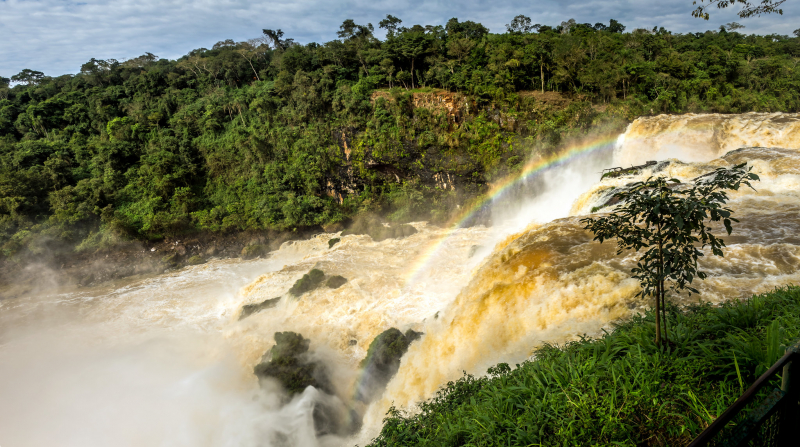
https://live.staticflickr.com/ -
The Río Paraná is the country's second largest river, with a length of 4,700 kilometers. The Ro Paraná runs 800 kilometers from Salto del Guairá, where it enters Paraguay, to its confluence with the Ro Paraguay, and then southward to the Ro de la Plata Estuary in Buenos Aires, Argentina.
Large ships can only navigate the Rio Paraná up to Encarnación, although smaller boats may travel a little further. The river is deep enough to allow vessels with drafts of up to three meters to reach Salto del Guairá during the summer months, although seasonal and other sporadic circumstances severely limit the river's navigational worth.
Sudden floods on the upper channel can boost the water level by five meters in twenty-four hours; nevertheless, west of Encarnación, the riverbed boulders can fall within one meter of the surface during the winter, essentially cutting off contact between the upper river and Buenos Aires.
The tributaries of the Ro Paraná that flow eastward over the Paranea area are shorter, faster-flowing, and smaller than the tributaries of the Ro Paraguay. Above Encarnación, sixteen of these rivers and several minor streams reach the Ro Paraná. This is considered the longest rivers in Paraguay.Length: 4.880 km
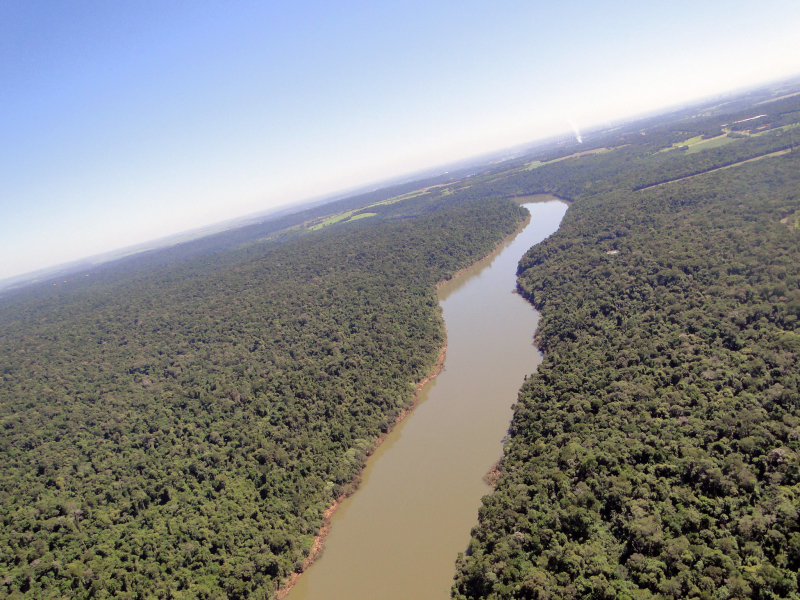
https://www.flickr.com/ 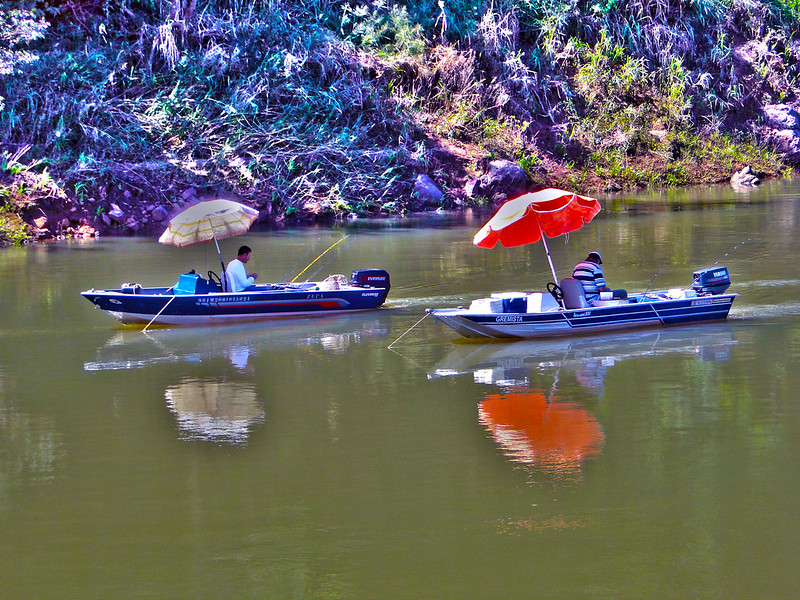
https://www.flickr.com/


























